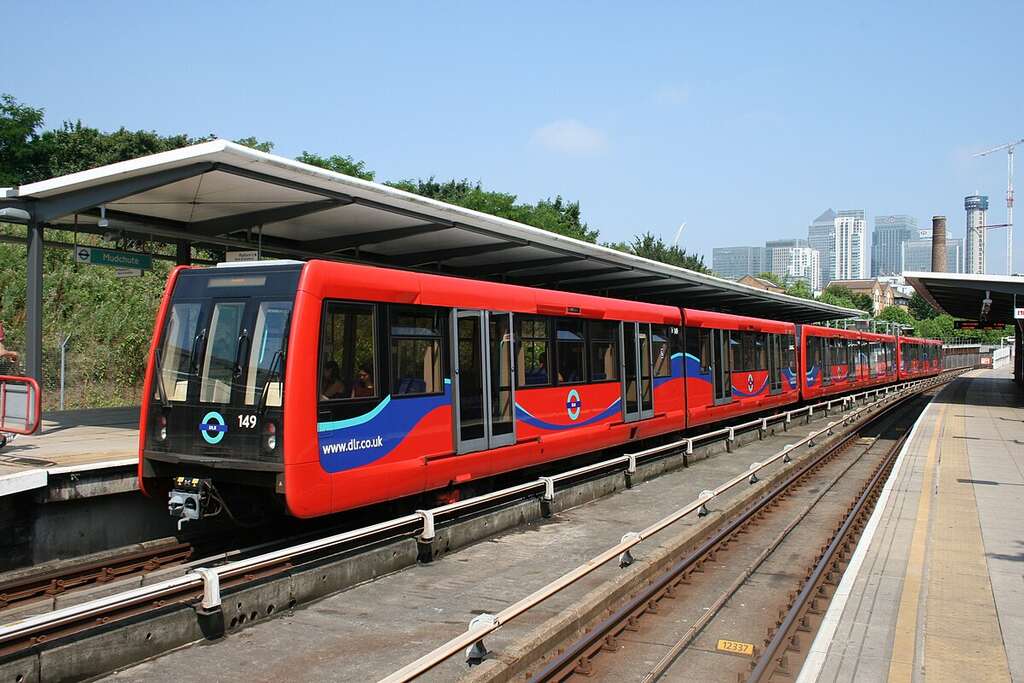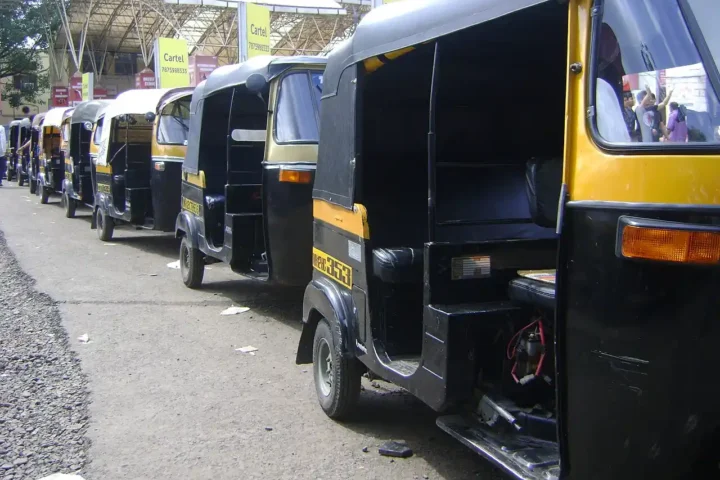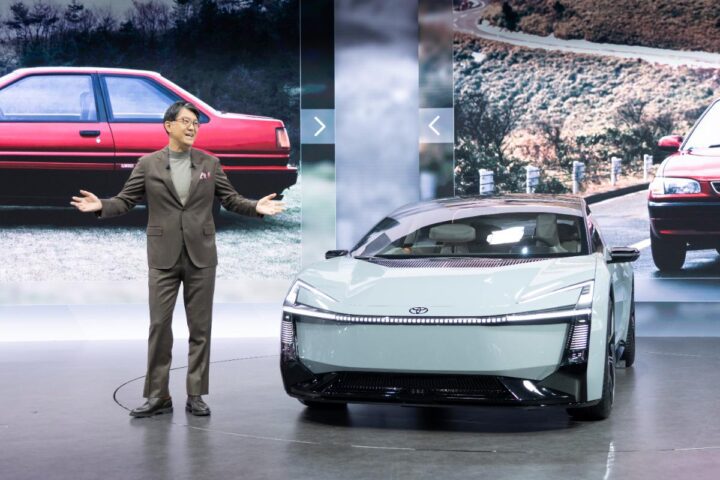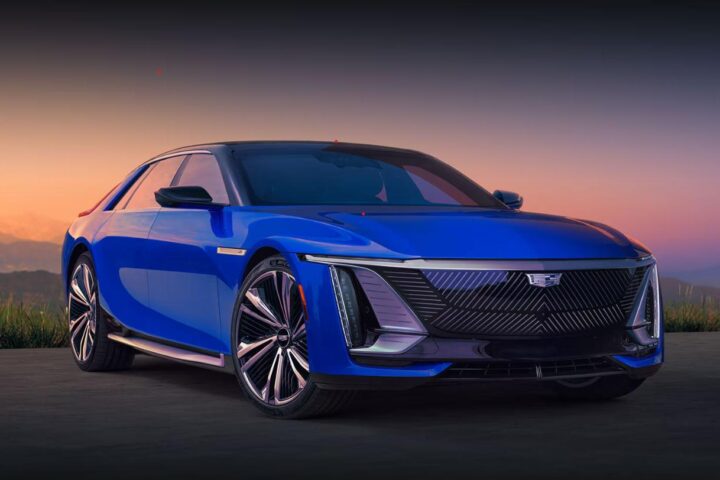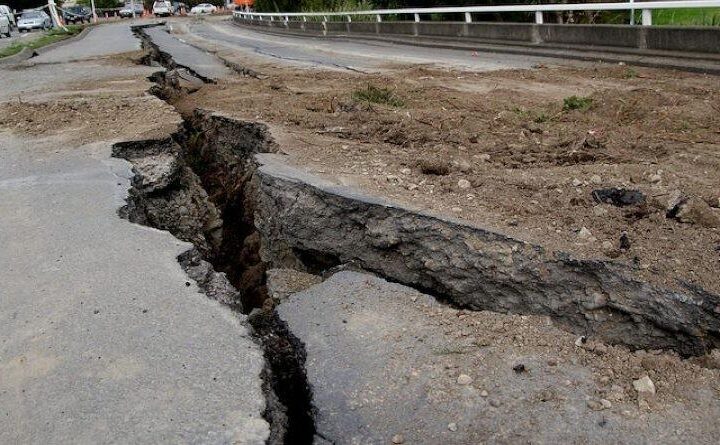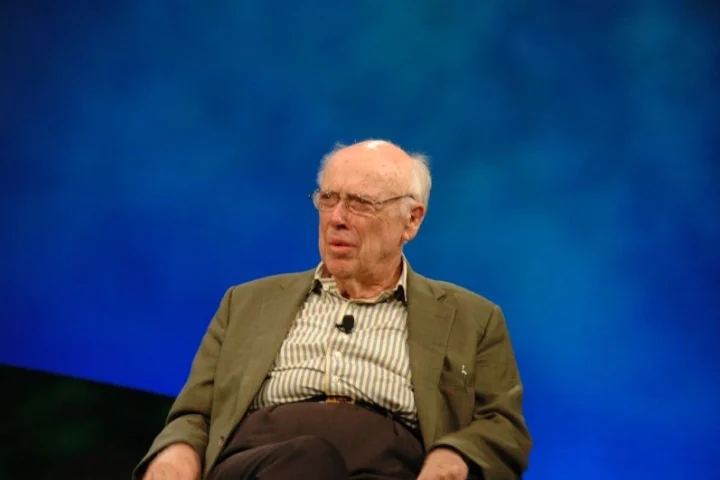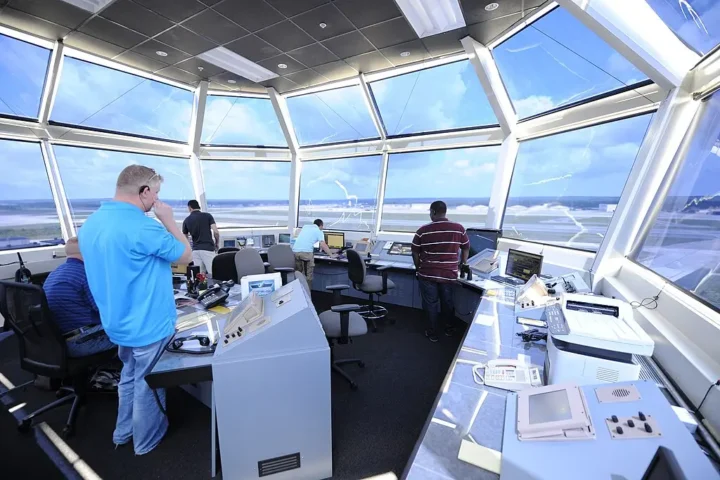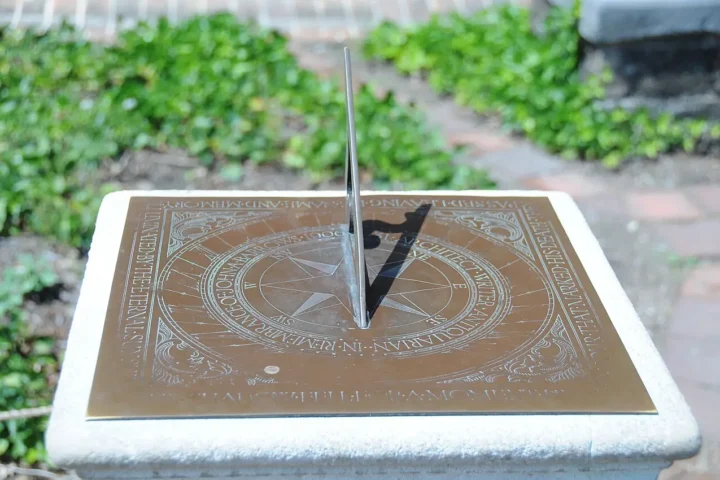After years of planning, the first of 54 new trains for the Docklands Light Railway (DLR) has finally entered service in London. The rollout marks a major upgrade for the transport system that serves east and south London.
These state-of-the-art trains replace stock that has been running for more than 30 years. Each new train features several improvements that passengers will notice right away.
“This is an exciting day in east and south London,” said Sadiq Khan, Mayor of London. “These new trains are amazing. Built with the latest cutting-edge design and technology, the trains will have 10 per cent bigger capacity.”
The new trains include walk-through carriages so passengers can move easily between cars. They also have air conditioning – a first for the DLR – along with mobile device charging points and real-time travel information displays.
Similar Posts
For those with mobility needs, each train has three dedicated wheelchair spaces, plus multi-use areas for pushchairs, bicycles, and luggage.
Andy Lord, London’s Transport Commissioner, explained the benefits: “These state-of-the-art trains will transform customers’ journeys across the DLR network. Boosting capacity and improving reliability, these new trains will help the DLR keep pace with growing demand in this part of the capital.”
The DLR serves important growth areas including Stratford, Woolwich Arsenal, and the Isle of Dogs. It’s also a key link to London City Airport, which contributed £5 million toward the cost of the new trains.
Richard Graham, Managing Director of KeolisAmey Docklands, highlighted the bigger picture: “For passengers, these trains mean more space, comfort and reliability. Above all, this investment is about unlocking the potential of east London – helping its communities thrive as new homes, jobs and opportunities are created.”
The full upgrade will take time. TfL introduced a reduced timetable in June 2025 to retire aging trains, but the full service will return gradually as more new trains enter operation. When all 54 trains are running by the end of 2026, the DLR’s overall capacity will increase by more than 50 percent.
The project received £260 million from the Housing Infrastructure Fund and a £500 million loan from the National Wealth Fund, recognizing the important role the DLR plays in supporting new housing development in east London.
Looking ahead, TfL is exploring plans to extend the DLR from Gallions Reach to Thamesmead, which would further improve connections in one of London’s fastest-growing areas.
